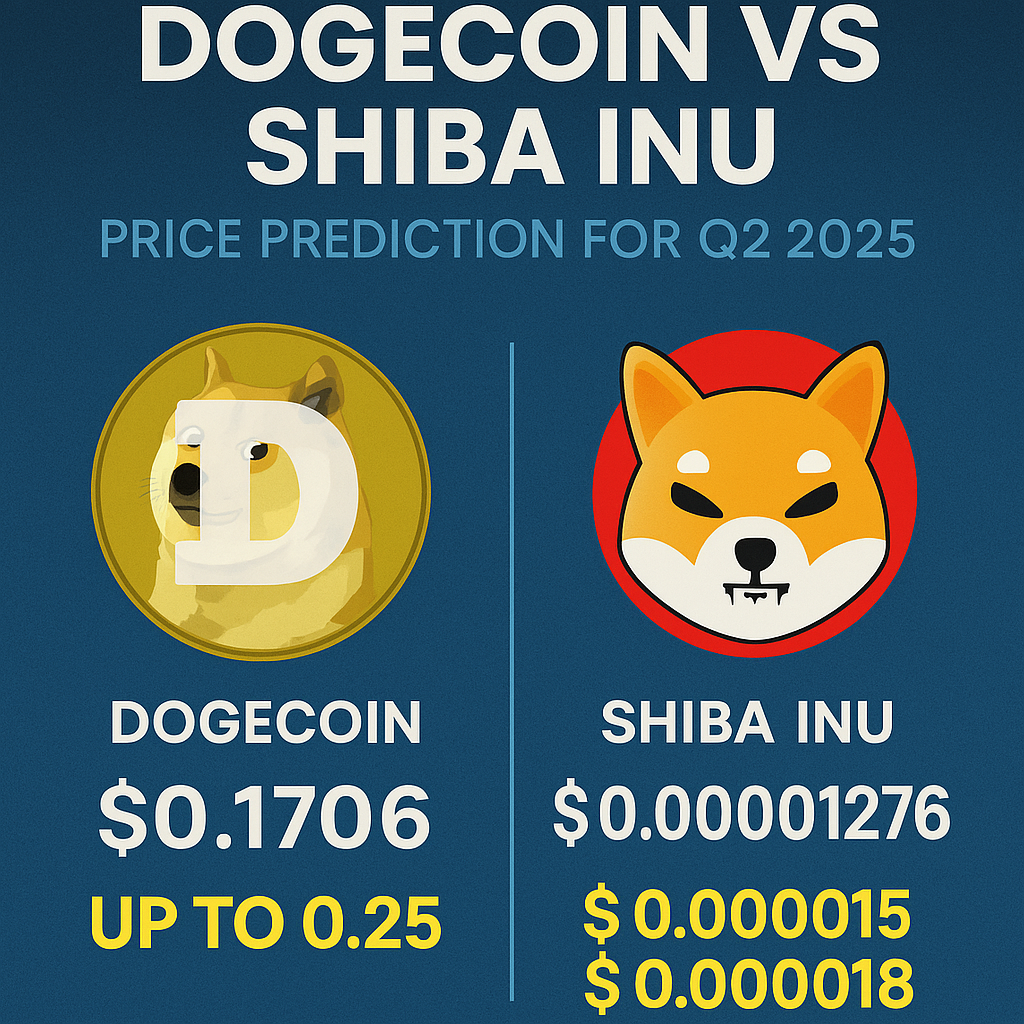Vodafone Idea Limited (VIL), one of India’s largest and most troubled telecom service providers, has once again entered the spotlight after a major development involving the Government of India. With mounting debt, dwindling market share, and persistent losses, VIL has walked a tightrope for years. However, a major equity conversion by the government, combined with signs of operational stabilization, has raised new questions: is this the beginning of a turnaround or merely a temporary relief?
Government Stake Increase: A Game-Changing Move
In a move with far-reaching implications, the Indian government has converted ₹36,950 crore worth of deferred spectrum auction dues into equity. This brings the government’s total holding in Vodafone Idea to 48.99%, up from the earlier 22.6%. With this, the government becomes the largest shareholder in the company.
This step forms part of the broader telecom relief package first announced in 2021, aimed at giving debt-ridden telcos breathing room. While operational control still lies with the promoter groups—Vodafone Group and the Aditya Birla Group—the government’s significant stake reflects its strategic intent to stabilize the telecom sector and avoid a duopoly.
Market Reaction: A Sudden Spike
Following this development, Vodafone Idea shares hit the 10% upper circuit limit on April 1, 2025. The stock surged to ₹7.49 on the Bombay Stock Exchange, recovering some of its earlier losses. Despite a year-to-date decline of over 6%, the recent spike marked a resurgence of investor interest.
The stock witnessed heavy trading volumes with increased buying activity, particularly from retail investors betting on long-term revival. Market watchers attribute the optimism to improved balance sheet prospects and the belief that state backing could aid in securing fresh investments or partnerships.
Analyst Perspective: Cautious Optimism
Brokerage firms remain divided in their outlook, but some major analysts have upgraded their recommendations. Citi Research, for instance, maintained a ‘Buy’ rating and set a target price of ₹12 per share. This suggests a potential upside of more than 60% from current levels.
The optimism stems from the assumption that the government’s stake and future funding may enable Vodafone Idea to invest in 5G deployment, improve its ARPU (Average Revenue Per User), and curb customer attrition. However, analysts also underline that the road ahead remains complex and highly dependent on execution.
Financial Health: A Mixed Picture
Vodafone Idea continues to grapple with deep financial distress. For the quarter ending December 2024, the company reported a consolidated net loss of ₹6,609 crore. While this was a slight improvement compared to the ₹6,986 crore loss in the same period a year earlier, the losses remain substantial.
On the revenue front, the company recorded marginal improvements. ARPU rose to ₹173 in the December quarter, up 4.2% from the previous quarter. Despite this uptick, ARPU remains significantly lower than competitors like Reliance Jio and Bharti Airtel, who maintain ARPUs above ₹200.
The subscriber base also showed signs of pressure. As of the latest available data, Vodafone Idea’s user base stood at around 205 million, marking a 2.4% decline compared to the previous quarter. This drop was largely attributed to tariff hikes and customers switching to more stable service providers.
Balance Sheet Liabilities
Vodafone Idea’s total debt stood at over ₹2.1 lakh crore, including deferred spectrum liabilities, adjusted gross revenue (AGR) dues, and bank borrowings. While the recent equity conversion brings some relief, a large portion of debt remains on the books, which continues to weigh on financial performance and investor sentiment.
The company has also struggled to raise fresh capital from institutional investors, which remains crucial for funding network expansion and competing in the 5G space.
AGR Dues and Regulatory Pressure
In a significant legal blow, the Supreme Court of India, in early 2025, rejected pleas from telecom companies to recalculate their AGR liabilities. Vodafone Idea had been one of the most affected by the earlier AGR verdict, which redefined revenue calculation methods, leading to massive dues.
The rejection of recalculation means Vodafone Idea must continue to honor past liabilities in full, further stressing its financials. While the relief package provides a moratorium, the dues eventually must be paid, impacting the company’s medium-term liquidity.
Network and 5G Rollout Readiness
Vodafone Idea lags behind peers in 5G rollout and infrastructure modernization. With limited cash reserves, the company has struggled to upgrade its network to meet increasing demand for high-speed data. Competitors have already launched 5G services across major Indian cities, while Vodafone Idea remains largely on the sidelines.
However, the recent developments open doors for the company to approach equipment providers and partners with better credibility. Strategic partnerships with technology firms or foreign investors remain a possibility if regulatory clarity improves and the company demonstrates a credible roadmap.
Strategic Plans: A Focus on Turnaround
The management has stated its intent to focus on high-value customers, digital service expansion, and improved network quality in metro and urban areas. The company also aims to monetize non-core assets and explore revenue diversification through enterprise solutions and cloud offerings.
To address network expansion, Vodafone Idea is reportedly in talks with banks and financial institutions for additional funding. However, the success of these plans will depend heavily on the market’s perception of long-term sustainability and operational improvements.
Competitive Landscape
India’s telecom sector is highly competitive and price-sensitive. Reliance Jio continues to dominate in terms of subscriber addition and infrastructure investment. Bharti Airtel holds the second spot with strong ARPU growth and diversified services. Vodafone Idea ranks third, but with a shrinking user base and financial constraints.
The sector dynamics favor players with deep pockets, robust infrastructure, and aggressive digital strategies. Vodafone Idea’s ability to regain market share depends on swift capital infusion and strategic execution.
Investor Outlook: Long-Term Gamble or Value Bet?
For investors, Vodafone Idea presents a high-risk, high-reward scenario. The government’s stake increases the perception of stability and reduces the possibility of bankruptcy. However, significant debt, operational challenges, and uncertain profitability keep the outlook volatile.
Long-term investors with a high-risk appetite may view the stock as a value opportunity, especially if the company succeeds in securing new capital and executing its revival strategy. Conservative investors, however, may prefer to wait for more concrete signs of a turnaround.
Conclusion
Vodafone Idea stands at a critical crossroads. The government’s decision to increase its stake brings short-term relief and a potential lifeline. But this alone will not suffice. The company must accelerate operational improvements, secure external funding, improve customer retention, and gear up for 5G competition.
The stock’s recent performance reflects a renewed optimism, but sustaining that momentum will require consistent financial discipline, regulatory clarity, and strategic agility. As the telecom sector continues to evolve, Vodafone Idea’s journey will remain under close watch by investors, policymakers, and consumers alike.




